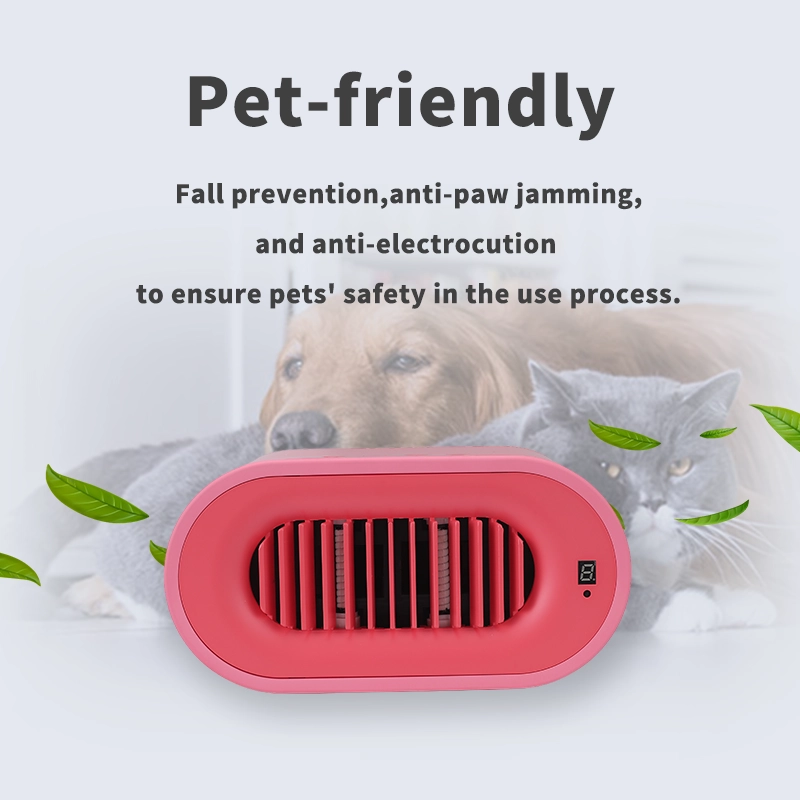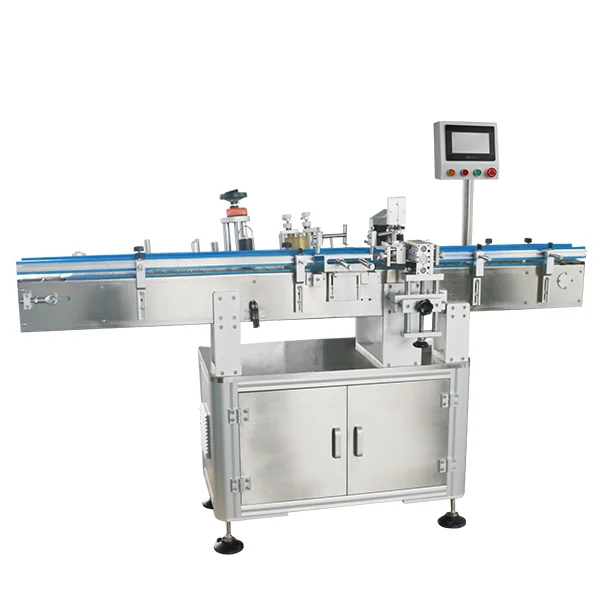Illuminating the Night: The Best Cameras for Total Darkness
In an age where capturing every moment has become second nature, the quest for the perfect camera to see in total darkness has gained significant traction. Whether you're a wildlife enthusiast, a night-time photographer, or a security professional, understanding the capabilities of various cameras designed for low-light conditions is essential. This article delves into the intricacies of night vision technology, infrared imaging, and the best camera options available for total darkness.
Understanding Night Vision Technology
Night vision technology primarily falls into two categories: Image Intensification and Thermal Imaging.
- Image Intensification: This technology amplifies existing light, such as moonlight or starlight, to create a visible image. It utilizes a series of lenses and a photocathode to convert photons into electrons, which are then amplified and converted back into visible light. This type of night vision is commonly found in military-grade equipment and high-end consumer cameras.
- Thermal Imaging: Unlike image intensification, thermal imaging detects heat emitted by objects, allowing users to see in complete darkness. This technology is particularly useful for surveillance and wildlife observation, as it can identify living beings based on their heat signature, regardless of ambient light conditions.
Key Features to Look For
When considering a camera for total darkness, several features are crucial:
- Sensitivity to Low Light: Look for cameras with a high ISO range and large sensor sizes, as these factors significantly enhance low-light performance.
- Infrared Capability: Cameras equipped with infrared (IR) LEDs can illuminate dark environments without visible light, making them ideal for night-time photography and surveillance.
- Resolution: Higher resolution cameras provide clearer images, which is particularly important in low-light conditions where details can easily be lost.
- Lens Aperture: A wider aperture (lower f-stop number) allows more light to enter the camera, improving performance in dark environments.
Top Cameras for Total Darkness
- Sony A7S III: Renowned for its exceptional low-light performance, the Sony A7S III features a full-frame sensor with a native ISO range that extends to 409600. Its ability to capture high-quality images in near-total darkness makes it a favorite among professional videographers and photographers.
- FLIR Scout TK: This compact thermal imaging camera is designed for outdoor enthusiasts and security professionals. It provides a clear thermal image in complete darkness, allowing users to detect heat signatures up to 100 yards away. Its lightweight design and user-friendly interface make it an excellent choice for night-time exploration.
- Canon EOS R6: With its impressive low-light capabilities, the Canon EOS R6 boasts a full-frame sensor and an ISO range of up to 102400. Its Dual Pixel autofocus system performs exceptionally well in low-light conditions, making it suitable for capturing fast-moving subjects in the dark.
- Nikon Z6 II: This mirrorless camera features a full-frame sensor and a wide ISO range, making it adept at handling low-light situations. The Z6 II also supports in-body image stabilization, which is beneficial for handheld shooting in darkness.
- Bushnell Equinox Z: Specifically designed for night vision, this digital monocular offers both day and night modes. It features an infrared illuminator that allows users to see in total darkness, making it ideal for wildlife observation and security applications.
Practical Applications
The ability to see in total darkness opens up a myriad of practical applications:
- Wildlife Observation: Nature enthusiasts can capture stunning images of nocturnal animals without disturbing their natural habitat.
- Security and Surveillance: Businesses and homeowners can enhance their security measures with cameras that provide clear images in low-light conditions.
- Search and Rescue Operations: Emergency responders can utilize thermal imaging cameras to locate individuals in dark or obscured environments.
Conclusion
Choosing the right camera for total darkness involves understanding the technology behind night vision and thermal imaging, as well as the specific features that enhance low-light performance. Whether you're capturing the beauty of the night sky or ensuring safety in your surroundings, investing in a high-quality camera designed for low-light conditions can make all the difference. As technology continues to evolve, the possibilities for night-time photography and surveillance are expanding, allowing us to explore and document the world in ways we never thought possible.



